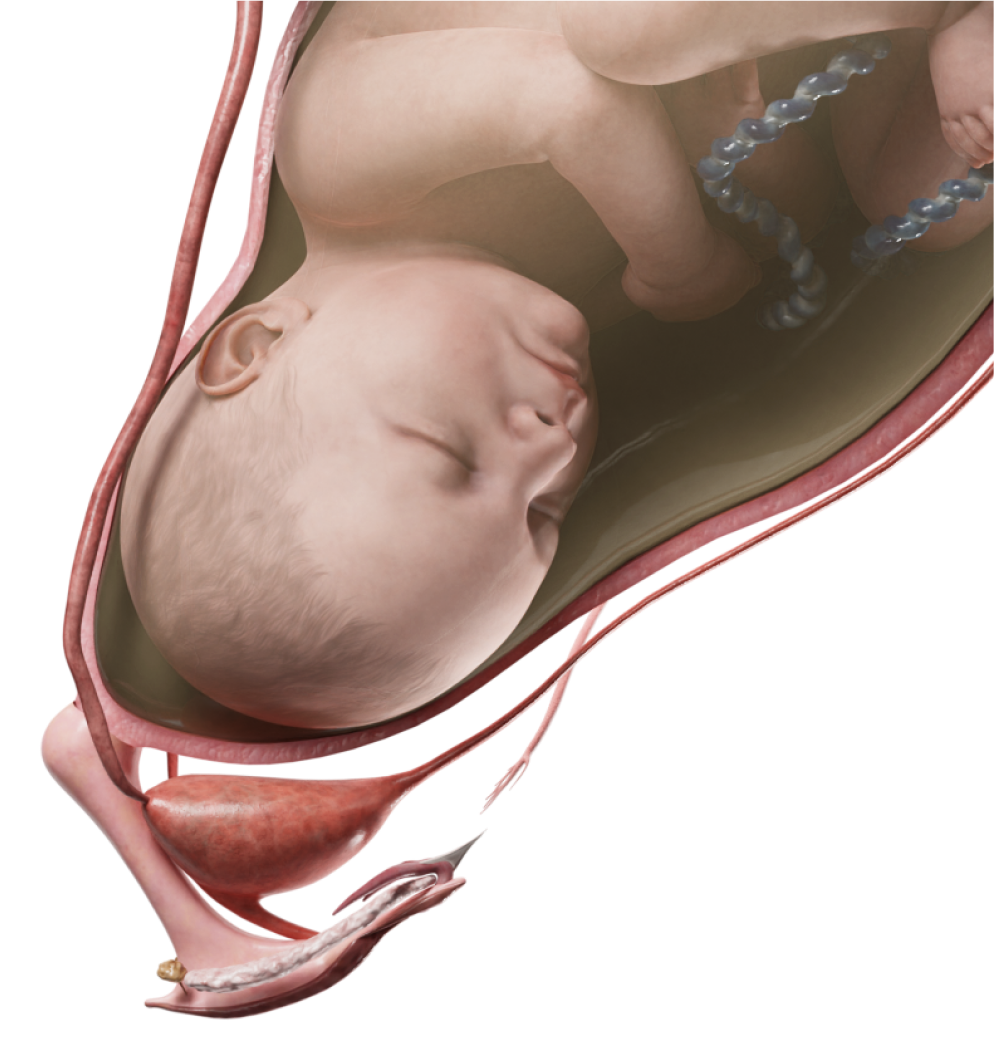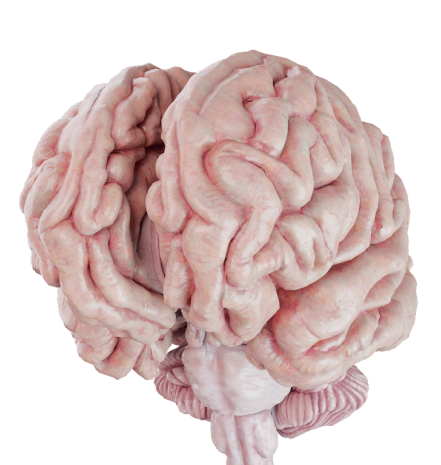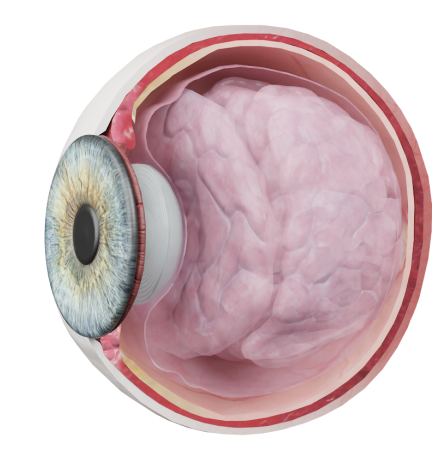Aortic valve defects
Aortic Stenosis
Aortic stenosis (AS) is a morphological alteration and narrowing of the aortic valve (AV) orifice.
Anatomic Pathology
The valvular leaflets are morphologically altered, fibrosed, often calcified, and fused along the commissures. The valve orifice is narrowed. Most commonly, AS occurs on a substrate of congenitally abnormal bicuspid aortic valve (BAV).
Pathophysiology
Obstruction to the left ventricle (LV) outflow leads to its overload, which results in left ventricular hypertrophy (LVH). For extended periods, the LV cavity volume remains normal. Due to AS decompensation, the LV cavity and the left atrioventricular orifice become enlarged, leading to mitral regurgitation (MR). In a hypertrophied myocardium, a decrease in coronary blood flow can be observed. This decrease can, in turn, deteriorate both systolic and diastolic LV function.
Clinical Manifestations
The disease may exist for many years without producing any symptoms. Clinically, AS can present with exercise intolerance, dyspnea, frequent fainting, and angina pectoris. On auscultation, a rough systolic ejection murmur may be heard, primarily to the left and to the right of the superior edge of the sternum. The intensity of the second heart sound (S2) is decreased.
Diagnosis
- ECG: changes are nonspecific; signs of LVH or arrhythmias.
- Echocardiography: AS severity; systolic pressure gradient; leaflet morphology and mobility; effective orifice area (EOA).
- Chest X-ray: possible cardiac silhouette enlargement.
- Cardiac catheterization: may be indicated in coronary artery diseases or for a more detailed AS assessment.
- MRI/CT: may be used as additional research methods that may also aid the choice of a surgical approach.
Treatment
Medical therapy is aimed at treating heart failure and concomitant heart diseases (e. g., hypertension). Surgical therapy options include valvotomy and aortic valve replacement (AVR), as well as interventional procedures like catheter balloon aortic valvuloplasty and transcatheter aortic valve implantation (TAVI).
Aortic Regurgitation
Aortic regurgitation (AR) is a heart disease when the AV leaflets do not close properly, resulting in blood flow from the aorta into the left ventricle (LV) during diastole.
Anatomic Pathology
Also known as aortic insufficiency, the condition is most often associated with BAV, rheumatic fever, or infective endocarditis. AV leaflets can be hypoplastic and morphologically altered, resulting in prolapse. Over time, AR symptoms tend to worsen due to the turbulent flow through the affected valve, damaging its leaflets even further. In addition, AR may develop following balloon dilatation or as a secondary condition to connective tissue diseases that involve dilated aortic root (Marfan syndrome, etc.).
Pathophysiology
When the AV leaflets do not close properly, some of the blood which should be expelled during systole returns to the LV. As a result, the LV experiences a volume overload. Over time, expansion and hypertrophy of the LV cavity are observed. Due to the low diastolic pressure in the aorta, coronary perfusion gets reduced.
Clinical Manifestations
Minor AR may be asymptomatic, while a severe form is characterized by symptoms typically observed in congestive heart failure. Palpitations, dyspnea, and dizziness are among the most common complaints from patients. On auscultation, an aortic diastolic murmur can be detected. Additionally, the diastolic BP is reduced.
Diagnosis
- ECG: signs of LVH.
- Echocardiography: AR severity evaluation; assessment of heart chamber and AV function and morphology.
- Chest X-ray: cardiomegaly.
- MRI: assessment of LV function and AR severity.
Treatment
Conservative therapy includes routine treatment for heart failure. Surgical intervention for AVR is also an option. There are many techniques available for AV repair. All of them require the excision of excess fibrous tissue, restoration of normal leaflet mobility, or commissurotomy (if necessary). In the majority of cases, ruptured leaflets and commissures are sutured. If an incompetent leaflet is perforated or resected, a repair with a biological graft is performed. In patients with severe AR and significant morphological changes, AVR may be a treatment of choice.
If AR is associated with aortic root dilation, a valve-sparing AVR is preferred. In such cases, the David procedure is the most commonly used. It involves excision of the ascending aorta, along with the sinuses of Valsalva, above the sinotubular junction. A synthetic graft is then positioned within the ascending aorta, and the coronary arteries are subsequently reattached to the graft.










